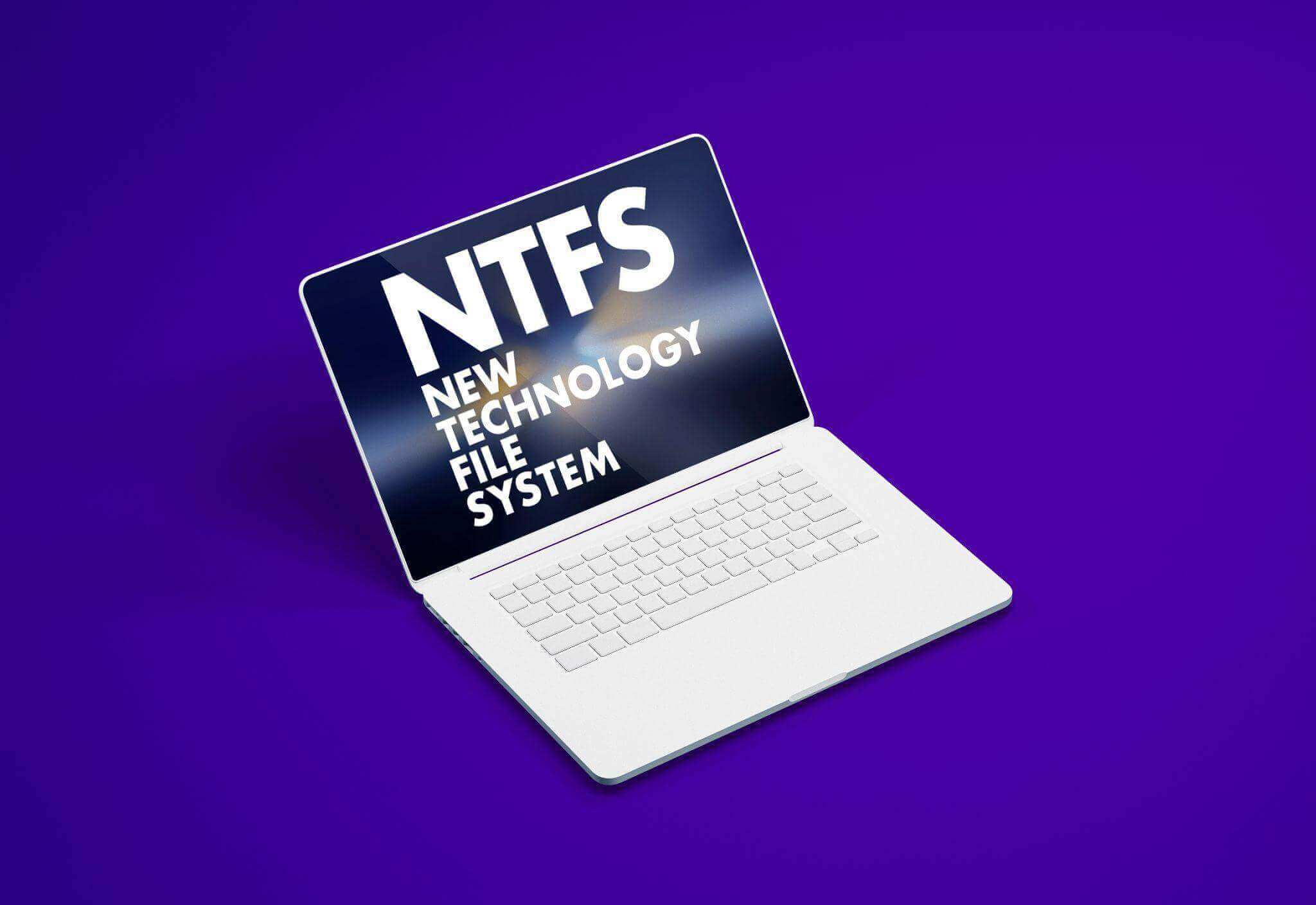What Is NTFS (Including Pros and Cons of It)

New Technology File System or NTFS is a widespread file system thanks to the dominance of Microsoft. The file system is for organizing data on hard drives, as well as other data media.
Since the release of Windows XP in 2001, NTFS has been the standard for Windows OS, and it is uncontested. Read along to know when it is used, its disadvantages and its benefits.
Use of NTFS
NTFS has been used predominantly ever since Windows XP was released. The file system has become obligatory since Windows Vista.
In general, NTFS is suited to use in a network. This is because it can fully use its well-organized structure, including access controls for user read & write rights.
While FAT32 (previous standard) is still used for some purposes, NTFS offers more advantages, such as the maximum size of a partition is much larger and amounts to about 16 terabytes. It represents a storage size only reached by a few hard drives, regardless of whether they are modern SSD flash storage media or mechanical HDD drives.
Brief difference between FAT32, exFAT and NTFS
As mentioned above, the obligatory file system for Windows OS since Windows Vista is NTFS. The file system, however, doesn’t play any role in mobile storage media, such as SDDs or external HDDs, memory cards or USB sticks.
The data media belongs to the domain of file systems with the classic FAT (File Allocation Table) like FAT32 and exFAT.
The disadvantages of NTFS
- High space overhead – A significant amount of space overhead is required for the NTFS file system to function. Space overhead refers to data storage that is dedicated to the file system itself. It cannot be used to store other data. So, you will lose some of the storage space if you format a drive with the NTFS file system.
- Windows OS & device incompatibility – One of the biggest disadvantages of the NTFS file system is its compatibility. It is made to be compatible with Windows 2000 and later versions of the OS. Earlier versions of Windows are not compatible. Removable devices like Android smartphones and media devices, such as digital cameras and DVD players, also don’t support the file system.
- Mac OS incompatibility - Mac computers cannot write NTFS formatted drives without the use of 3rd party software. To use NTFS on Mac, you can check out this guide on setapp.com.
- No floppy disk formatting – You cannot format a floppy disk with the NTFS file system due to the space overhead requirement. The floppy disk drive is common on older PCs running on earlier versions of Windows.
- Limitations on naming files – Several limitations are placed on naming files. Directory and file names cannot exceed 255 characters. While capital letters can be a part of file names, the system doesn’t distinguish between a file with lowercase and capital letters.
- High read speed – NTFS has high security, and its processing speed is higher than FAT32. You can divide file attributes into non-resident and resident attributes. The resident attributes are stored in MFT and the non-resident attributes outside of MFT. If the folder or file is less than 1KB, all attributes are resident, and the MFT will be loaded when the Windows boot. When you look up these folders and files, the contents are already in the cache, enhancing the accessing speed.
- Large hard disks are supported – The NTFS file system supports hard disks as large as 2TB. The performance of NTFS is unaffected even if the disk size increases, unlike FAT.
- Self-repairing function – The NTFS file system can repair physical and logical errors in the disk automatically. It checks the sector before every read & write operation. If an error occurs during the read process, it will report it. If an error happens during the write process, it will select the right sector to write the data. Furthermore, it will mark the damaged sector so that you don’t use it next time.
Compared to FAT, the NTFS file system stands apart in extendibility, performance and security. Moreover, it supports security file permissions so that you can promptly recover encryption, bad change logs, disk quota limits and so on.
Closing thoughts
NTFS is a better file system compared to FAT and exFAT when used for the Windows OS. Today, you can also use the file system on your Mac with the help of third-party programs. It will help enhance space utilization, and it can be resized. Even though it is FAT’s successor, it uses advanced data structures and supporting metadata.